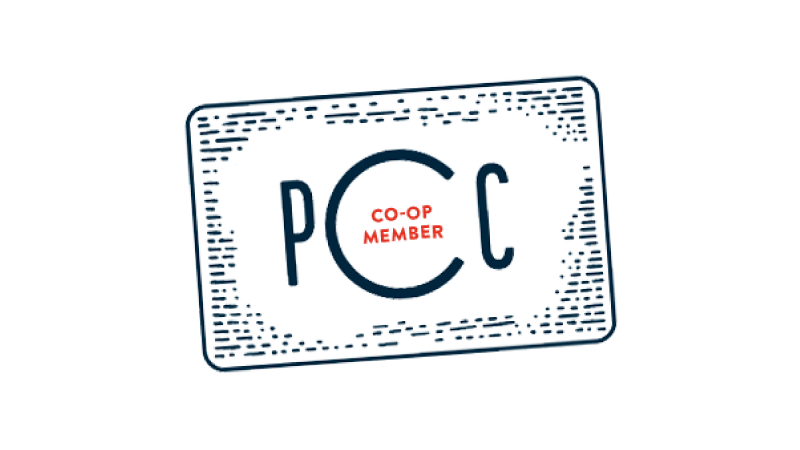- Yields: One 9-inch cheesecake
- Ingredient Notes: Vegetarian, Corn-free, Peanut-free, Soy-free, Tree nut-free
Ingredients
For the crust
- 2 cups gingersnap crumbs
- 1/4 cup brown sugar
- 1 stick butter (1/2 cup), melted
For the filling
- 1 medium sugar pie pumpkin, or 1 (15-ounce) can pumpkin puree
- 24 ounces cream cheese, at room temperature
- 3 eggs plus 1 egg yolk
- 1 1/4 cups unrefined sugar
- 1/3 cup sour cream
- 2 tablespoons unbleached white flour
- 1/4 teaspoon ground nutmeg
- 1/4 teaspoon ground cloves
- 1/2 teaspoon ground cinnamon
- 1 tablespoon vanilla extract
- 1/4 cup caramel sauce, plus extra for drizzling (use your favorite, with or without salt)
Directions
To make the crust
Stir together cookie crumbs and brown sugar; drizzle with melted butter and toss to combine. Press into a 9-inch springform pan and set aside.
To make the filling
Preheat oven to 400° F.
Cut pumpkin in half crosswise and place on a baking sheet. Roast, cut side down, for about 30 minutes or until fork tender. Cool slightly and scrape out the seeds. Scoop out flesh and puree in a food processor until smooth. You will need 2 cups for the filling.
Reduce oven temperature to 350° F.
In a mixing bowl, beat cream cheese until completely smooth, about 90 seconds. Beat in eggs and egg yolk until incorporated and no yellow streaks remain. Beat in 2 cups pumpkin puree, sugar, sour cream, flour, spices, vanilla and caramel sauce. Pour filling into the prepared crust.
If you like, gently heat a little of the extra caramel sauce and drizzle a pattern over the top of the cheesecake.
Bake at 350° F for about 1 hour, until the center is set. Let rest for 20 minutes and then refrigerate for at least 3 hours or up to overnight.
Special notes:
Chef notes on this recipe and cheesecake in general:
Working with roasted pumpkin: Sometimes freshly roasted pumpkin will be quite moist (depending on the growing season and region). If your puree is very watery, preheat oven to 375° F. Spread the pureed pumpkin out on a baking sheet and put it in the oven for 20 to 25 minutes, stirring every 10 minutes or so, until some of the moisture evaporates. Let this cool before proceeding with the recipe.
Cracking up: All cheesecakes have a tendency to develop small cracks due to their very nature. (Cheesecakes were originally cooked as a custard, using small ramekins seated in a water bath.) This particular recipe will sometimes get small cracks along the caramel lines. I think it adds to the beauty and uniqueness, but if you are a perfectionist about cracks, just drizzle a bit more caramel into the crack after the cheesecake is cool, or garnish it with slices of apple or pear.
How to tell when it’s done: It is very easy to overbake cheesecake. It’s a custard-based dessert and thus will still be moist in the center when it is done. The general rule of thumb for telling doneness is that it will be firmly set around the edges and will have just a bit of sway in the center. This will set when it is fully chilled. If you do overbake it, sometimes a large, deep crack will develop as it cools. Just fill it with caramel, gingersnap crumbs or devise a lovely garnish.

Don’t Just Shop Your Values. Own Them.
When you’re a PCC member, your voice and your groceries go further — every purchase you make supports our community. Join our co-op today for a one-time fee of $60 and enjoy a lifetime of benefits, including exclusive offers and events, partner discounts with local businesses and more.
Become a member
